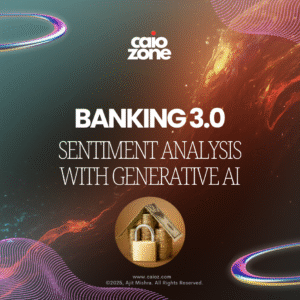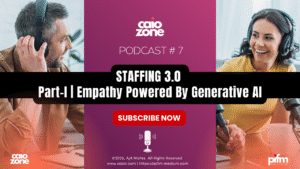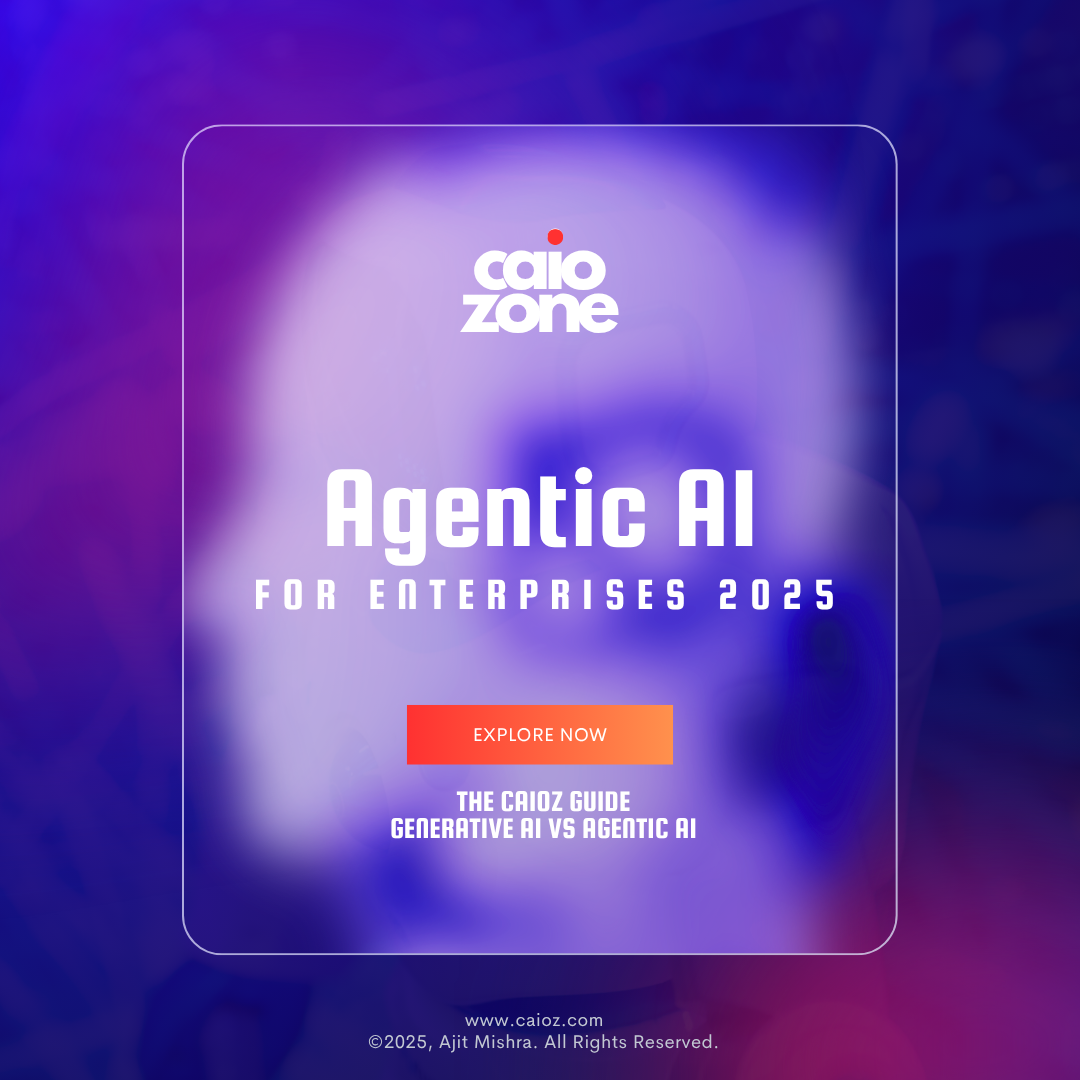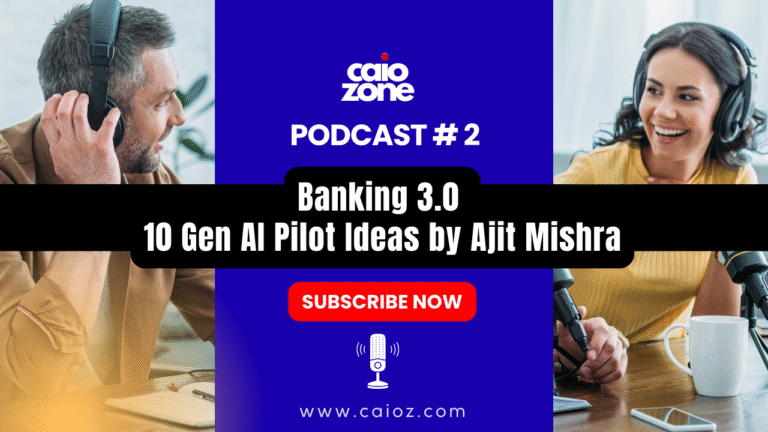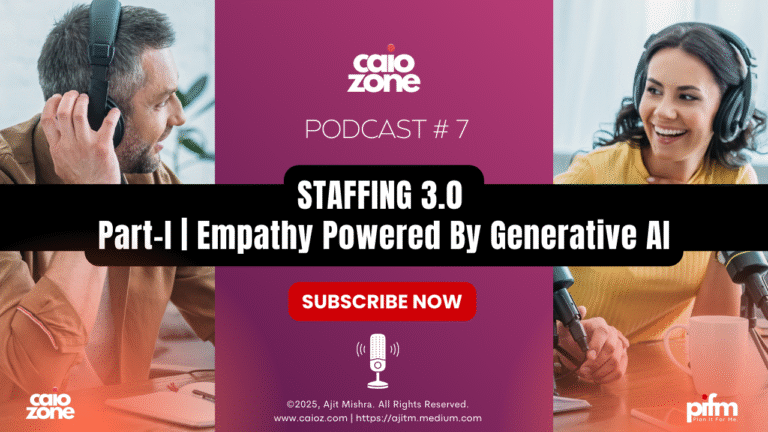Explore how agentic AI evolves from generative AI, enabling autonomous AI workers. Learn strategies, use cases, and ROI for Chief AI Officers.
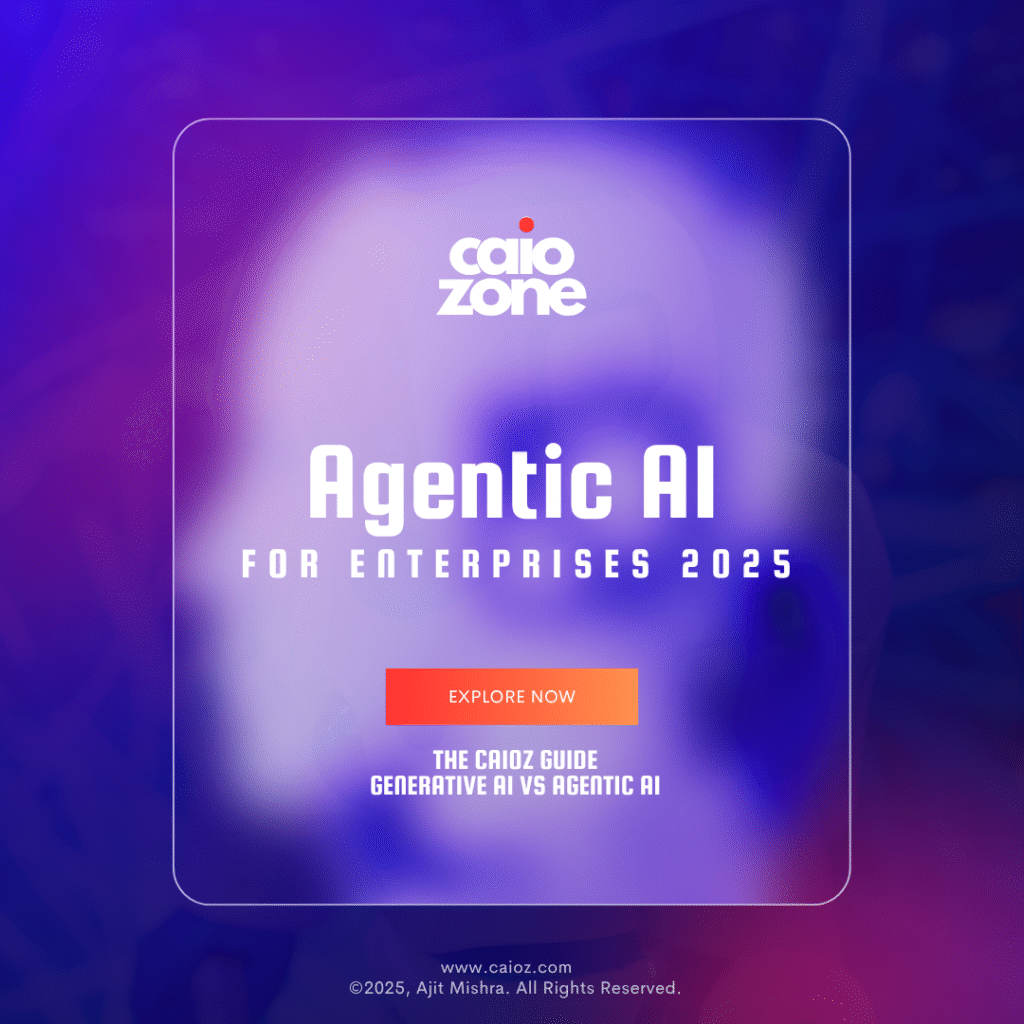
Generative AI has captured the world’s imagination. Tools like ChatGPT produce human‑like responses, create marketing copy, and even generate code. Yet a new wave is emerging: agentic AI. Agentic systems extend generative models with planning, memory and the ability to take actions on behalf of users. They promise fully autonomous agents that schedule meetings, file expense reports or optimise supply chains. According to recent surveys, 29 % of companies already use agentic AI and 44 % plan to adopt it within the next year. For Chief AI Officers (CAIOs), understanding how to harness this technology is essential to stay ahead of the competition.
This playbook explains the core concepts of agentic AI, outlines business use cases, offers implementation strategies and discusses how to measure return on investment. It inherits our CAIO playbook style with actionable guidance and ethical considerations.
Table of Contents
What Is Agentic AI?
Agentic AI refers to autonomous software agents that utilise large language models (LLMs) as a core capability, but extend beyond chat. These agents:
- Plan and execute tasks across applications – for example, generating reports, sending emails or ordering supplies.
- Maintain long-term memory so users remember their preferences and previous interactions.
- Reason about goals and sub‑tasks, leveraging tools such as search, code execution and external APIs.
- Apply the agentic AI value propositions to industry different use cases such as Banking 3.0, Pharma 5.0, Telecom 6.0 , Industry 5.0, Music, Entertainment, etc.
Unlike single‑turn chatbots, agentic AI continuously acts until objectives are met. This autonomy positions these systems as digital co‑workers. The term agentic emphasises agency – the capacity to act independently and make choices.
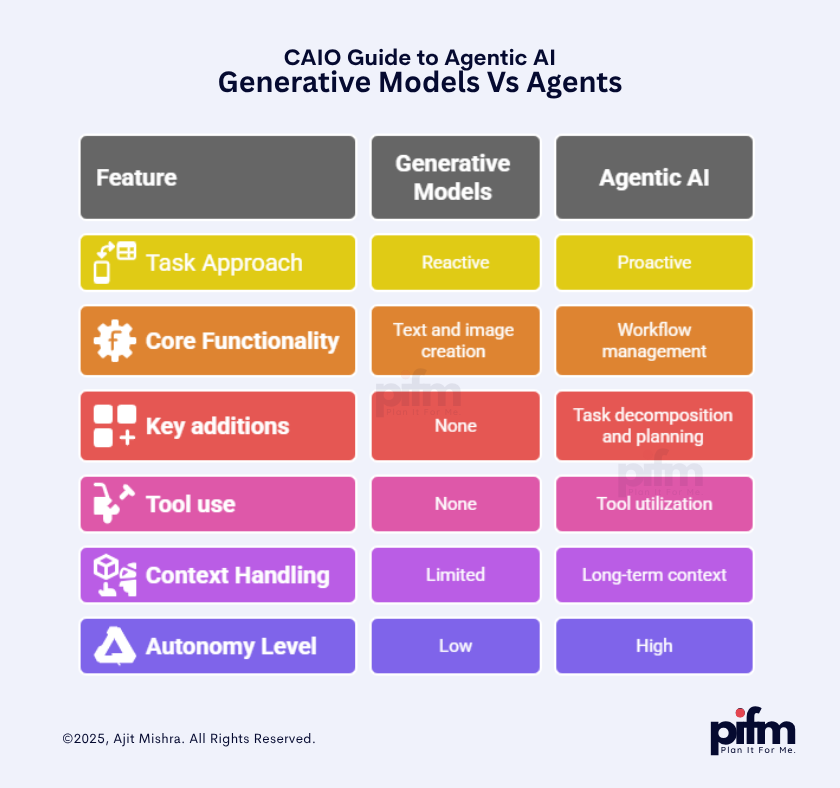
Evolution from Generative AI
Generative models, such as GPT-4, create text and images. However, they remain reactive: they respond to prompts but do not proactively pursue goals. Agentic AI builds on generative models by adding:
- Task decomposition and planning – breaking a goal into smaller steps and sequencing them.
- Tool utilisation – calling APIs, databases or code to gather data or perform actions.
- Long‑term context – storing conversation history and external knowledge.
- Autonomy – deciding when to query and act without constant human prompts.
This evolution is akin to moving from calculators to personal assistants – from generating outputs to managing workflows.
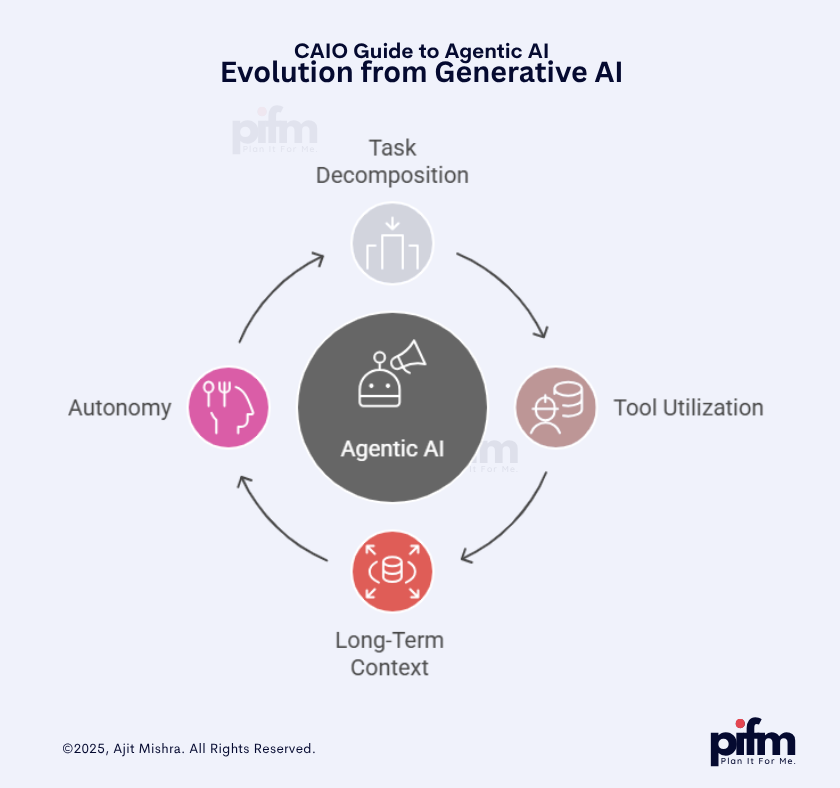
The Business Case for Agentic AI
Why should CAIOs invest in agentic AI? Several factors make this technology compelling:
Adoption Momentum
Market research indicates that nearly one‑third of enterprises already use agentic AI and almost half plan to deploy it soon. The popularity of agentic systems that autonomously perform tasks like customer support, supply‑chain optimisation and fraud detection underscores the technology’s real‑world relevance.
Productivity & Efficiency
Agentic AI can automate repetitive knowledge‑work processes. For example, a procurement agent might analyse suppliers, generate purchase orders and send emails without human involvement. This reduces time‑to‑completion and frees employees for higher‑value tasks.
Competitive Differentiation
Enterprises adopting agentic AI can respond faster to customer demands, manage complex operations more effectively and deliver personalised experiences. Early movers will establish new standards for efficiency and service.
Cost Savings
Autonomous agents reduce labour costs by handling customer enquiries, generating reports or conducting market research. They also minimise errors by consistently following prescribed workflows.
Risk Mitigation
When properly governed, agentic AI reduces human error and improves compliance. For example, agents can enforce data privacy policies or audit all steps in a process.
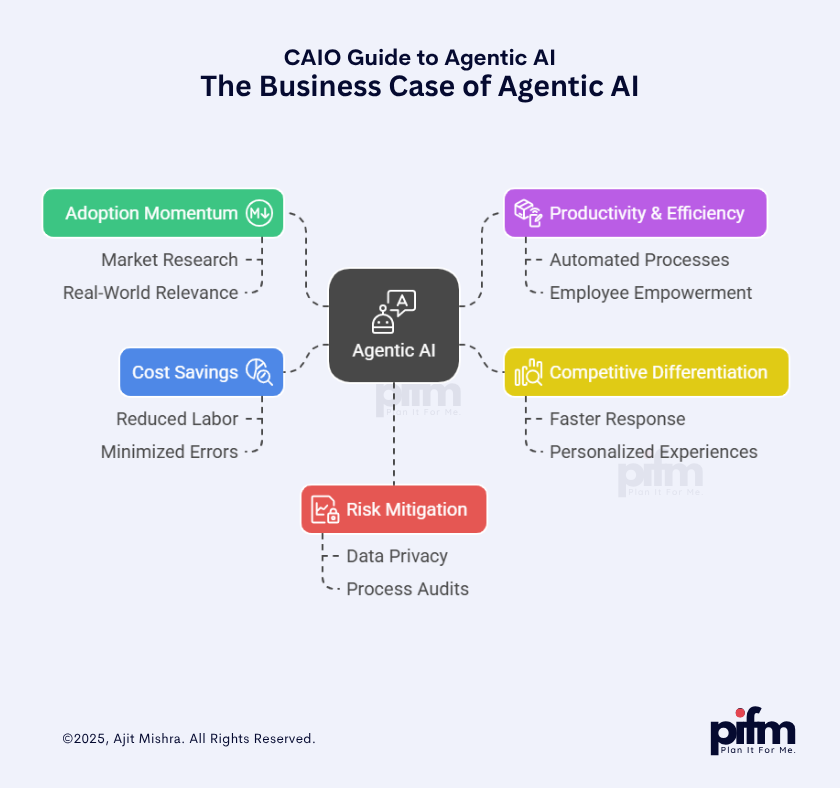
Use‑Case Hypotheses
Below is a non‑exhaustive set of agentic AI applications across industries. These hypotheses should be tested within your organisation through pilots and experiments.
| Industry | Potential Agentic Use Cases | Value Hypothesis |
|---|---|---|
| Customer Support | Autonomous agents triage support tickets, gather context, draft responses and resolve issues. | Improves response times and reduces support costs. |
| Finance & Accounting | Agents reconcile invoices, generate financial statements and submit regulatory filings. | Accelerates closing cycles and reduces human error. |
| Supply Chain | Agents track shipments, forecast demand and reorder supplies. | Decreases stockouts and optimises inventory. |
| HR & Recruiting | Agents screen CVs, schedule interviews and communicate with candidates. | Speeds up hiring and improves candidate experience. |
| Marketing | Agents plan campaigns, generate content and manage social media posts. | Increases campaign cadence and consistency. |
CAIOs should prioritise use cases that provide measurable value and align with strategic objectives.
Implementation & Governance
Deploying agentic AI is not a plug‑and‑play exercise. It requires technical integration, governance and change management. Use this framework:
1. Assess Readiness
- Data quality – Do you have clean data for the agent to access? Agentic AI requires robust data pipelines and knowledge graphs.
- Process maturity – Map the workflow you wish to automate. Highly variable processes may be harder to automate initially.
- Security posture – Evaluate identity management, API permissions and data‑access controls.
2. Start with Pilots
Select a narrow, high‑impact task. Define success metrics (e.g. time saved or accuracy). Test the agent’s performance and iteratively refine its prompts, planning logic and tool integration.
3. Integrate with Existing Systems
Agents must interface with enterprise applications (CRM, ERP, HR systems). Use secure APIs and role‑based access control. Establish logging and auditing for every action an agent performs.
4. Institute Responsible AI Governance
Incorporate fairness, transparency and privacy principles as you deploy agentic AI. Our Responsible AI: Ten Commandments of Ethical AI in 2025 post provides detailed guidance. Key recommendations include:
- Conduct bias audits on training data and agent outputs.
- Implement human‑in‑the‑loop checkpoints for high‑impact decisions.
- Provide clear documentation of how agents work and the data they use.
5. Upskill Your Workforce
Train employees to collaborate with agents. Emphasise prompt engineering, agent supervision and exception handling. Encourage a culture of experimentation and continuous improvement.
Measuring ROI
Measuring the return on investment of agentic AI can be challenging. Many companies currently struggle to quantify generative AI benefits. A structured approach helps:
- Define Objectives – Identify the primary goal (e.g. reduce time to resolve support tickets by 50 %).
- Baseline Metrics – Measure current performance before deploying the agent.
- Run Controlled Experiments – Compare agent performance against the baseline for a defined period.
- Calculate Hard and Soft Benefits – Include labour savings, error reduction, improved customer satisfaction and revenue impact.
- Refine and Scale – Use insights to improve the agent and expand to other tasks.
Documenting ROI not only justifies investment but also guides iterative improvements.
Challenges & Risks
- Bias and fairness – Agents trained on biased data can perpetuate inequalities. Performing regular audits and involving diverse stakeholders reduces this risk.
- Security and privacy – Autonomous agents can access sensitive data and perform transactions. Robust authentication, authorisation and encryption are essential.
- Over‑automation – Blindly automating complex processes may lead to errors. Maintain a human‑in‑the‑loop for high‑impact decisions.
- Regulatory uncertainty – As global AI regulations evolve, compliance requirements may change. Monitor developments and update policies accordingly.
Future Directions
The next generation of agentic AI will integrate with multimodal models, combining text, images and voice to create richer interactions. Agents will also incorporate improved reasoning and long‑term memory, enabling more complex decision-making. As low‑code/no‑code platforms mature, non‑technical teams will be able to create custom agents. Finally, green AI initiatives will drive energy‑efficient architectures, making massive agent workloads sustainable.
Conclusion
Agentic AI represents the next step in enterprise automation. By blending generative models with planning, memory and tool integration, these autonomous agents can handle complex tasks with minimal human oversight. For CAIOs, now is the time to explore pilot projects, establish governance and build the skills needed to harness this technology responsibly. Done right, agentic AI will not replace human talent but amplify it—ushering in a future where AI acts as a true colleague and partner.
For more on responsible AI, read our post Responsible AI: Ten Commandments of Ethical AI in 2025. To explore how generative AI evolves into industry solutions, see SaaS 4.0 | Empowering Service‑as‑a‑Software with Agentic AI.

